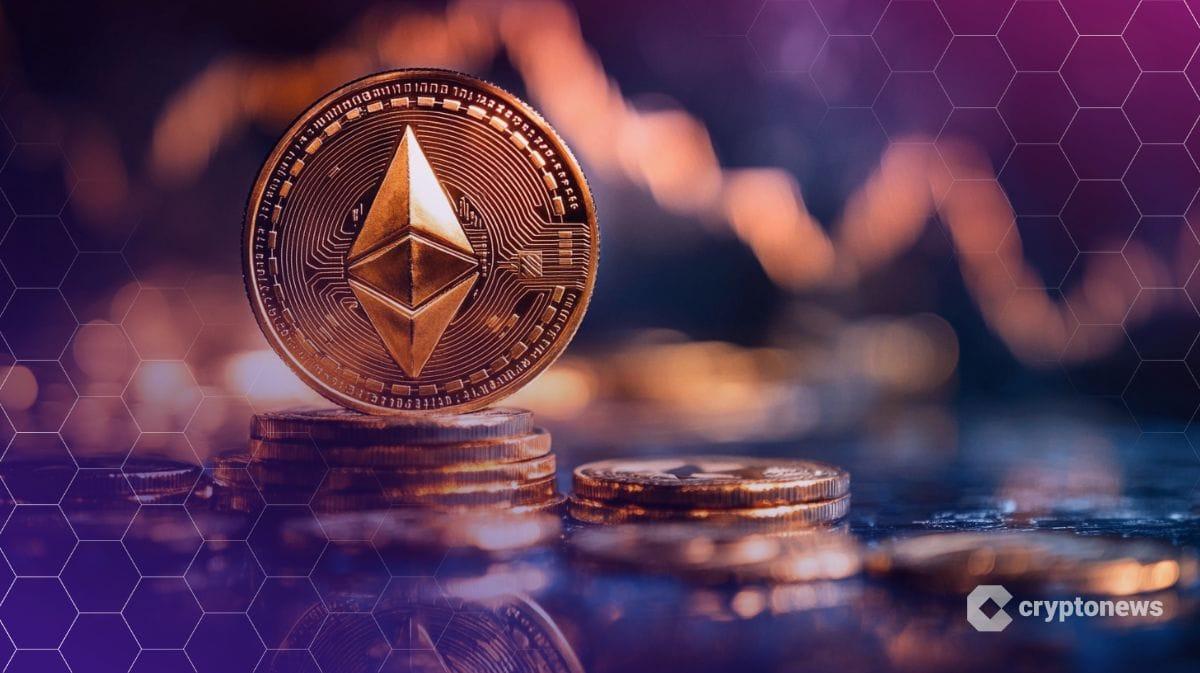Ethereum’s Future: Why It’s Still a Strong Bet
Digital assets are becoming mainstream. Even a septuagenarian US president supports them.Yet, Ethereum (ETH) isn’t performing as was to be expected. social media reflects this sentiment. Many blame hedge funds,a lack of direction,or competing blockchains like Solana.
While these factors play a role, let’s focus on Ethereum’s future.Newer, faster platforms like Solana are frequently enough discussed. Though, Ethereum has undergone meaningful upgrades, including its shift to proof-of-stake. These changes will continue, improving performance, usability, and developer experience.
Ethereum’s ecosystem boasts expert researchers in distributed systems and cryptography. They’ve shown deep thought in guiding Ethereum’s direction.A key example is the move from sharding to a layer-2-centric roadmap.
Layer-2s (L2s) are a game-changer for Ethereum. They allow teams to build scaling solutions using various technologies, all tied to Ethereum’s core protocol. As an example, Eclipse integrates Solana technology into Ethereum. Movement uses Meta’s Move programming language.
L2s support different programming languages and optimize for various characteristics like speed, privacy, and decentralization. This flexibility lets developers and users choose what’s important while benefiting from Ethereum’s liquidity, security, and existing applications.
There are over 140 L2s, indicating significant engineering investment. The “total value locked” metric shows L2s are achieving product-market fit, with $42 billion in assets held. this is close to the $166 billion in tokens issued on ethereum.
While L2s offer many improvements, Ethereum itself is getting faster with protocol-led enhancements and infrastructure like “transaction pre-confirmations.”
Ethereum’s Dominance in Tokenization and Developer Support
Ethereum is leading the way in tokenizing real-world assets. Stablecoins,which represent USD,are now worth $216 billion.Ethereum hosts 58% of these stablecoins, far more than any other blockchain. The U.S. government’s focus on stablecoin growth will likely boost these numbers.
Tokenization extends beyond stablecoins. BlackRock’s BUIDL fund has tokenized $500 million of Treasury Bills on Ethereum. This is just one of over 150 tokenized assets, totaling over $3.8 billion. Ondo Finance and Backed are also tokenizing more assets on Ethereum. No other blockchain matches this level of tokenized value.
For institutions building crypto projects,Ethereum is the go-to platform. It has over 10,000 developers, three times more than its closest competitor. Projects from Deutsche Bank and even President trump’s World Liberty Finance are built on Ethereum.
Ethereum’s strength lies in its security and stability. The network runs on six different software stacks, ensuring a bug in one won’t halt the entire network. With around 10,000 nodes worldwide,Ethereum boasts 100% uptime as its launch.
While Ethereum excels in smart contracts and decentralized finance, Bitcoin is a store of value, and Solana leads in high-performance, low-value transactions. The noise around Ethereum’s price has pushed the ecosystem to be more outward-looking. The Ethereum Foundation is more active, and leaders are advocating for Ethereum in Washington and on Wall Street.



